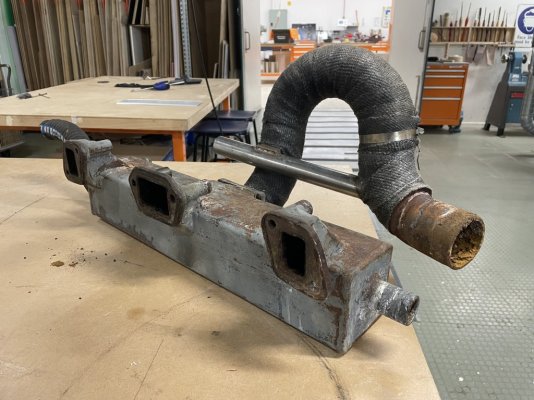Hi everyone, got a possibly very straightforward question here for the cooling systems experts. I have a 40' timber vessel with a Perkins 6.354 upright non-turbo engine and I'm doing a bit of a refit. My question relates to whether I can change the position of my raw seawater cooling anti siphon valve as the current setup is cumbersome. Basically, I'd like to know if anyone sees a problem with me putting in directly after the raw seawater pump instead of directly after the exhaust manifold cooler (see block diagram below (existing setup on the left, proposed on the right).
Extra info is that the engine is predominately below the waterline, the apex of the anti siphon valve is 400mm above the waterline, there is a raised loop between the exhaust manifold cooler and the water / gas mixing point, and a raised loop at the stern of the vessel right before the exhaust passes through the hull.

Extra info is that the engine is predominately below the waterline, the apex of the anti siphon valve is 400mm above the waterline, there is a raised loop between the exhaust manifold cooler and the water / gas mixing point, and a raised loop at the stern of the vessel right before the exhaust passes through the hull.

